Carving out a new niche
By Wang Kaihao ( China Daily ) Updated: 2015-12-29 07:49:27This museum is set up on the site of the Zhenjue Buddhist Temple, whose construction began under the reign of Emperor Yongle from 1402 to 1424. It was completed in 1473.
However, only the main temple hall - the Diamond Throne Pagoda - survived into the early 20th century, even as all its other structures vanished.
The pagoda, which is a mix Chinese and Hindu styles, was put on the national protection list in 1961.
Parts of the temple's foundation were found during renovation, and are also set to be exhibited.
Due to the huge size of the stelae, most exhibits are not covered by glass showcases, as is typical in most China museums.
Wang expects the absence of the showcases to bring the viewers and artifacts closer.
"Well, maybe it's also time to test visitors after the museum reopens," the director says.
"I hope they will not leave marks on the exhibits. We will also keep a close eye on the stone carvings."
The recent renovation of the pagoda and exhibition hall cost more than 10 million yuan ($1.56 million). The money came from the Beijing Municipal Administration of Cultural Heritage.
Meanwhile, the director feels it is important to diversify sources of funding for the museum. For example, the restoration of 14 works used a $100,000 sponsorship from the Bank of America Merrill Lynch.
Speaking of other challenges, Jia Ruihong, who is in charge of relic restoration in the museum, says that while fixing visible damage to the artifacts, countering invisible hazards is far more daunting.
"Air pollution in Beijing not only bothers people, but also bothers the stones," he says.
"Rainy days worry us most.
"Acid rain in Beijing has been eroding the stones in recent decades. The best way to preserve them is to move them indoors, but we don't have that kind of space. We're still thinking of other methods."
|
|
|
|
|
|
|
|
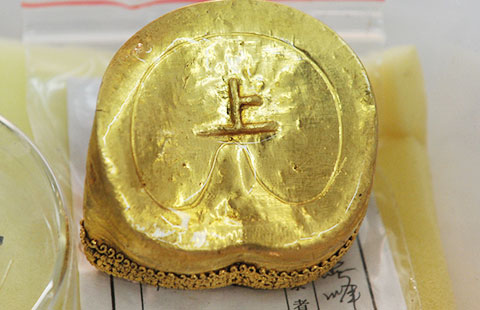
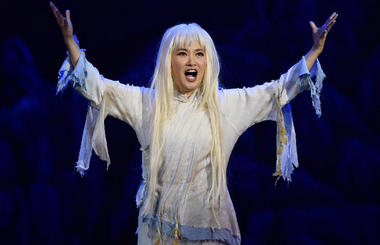


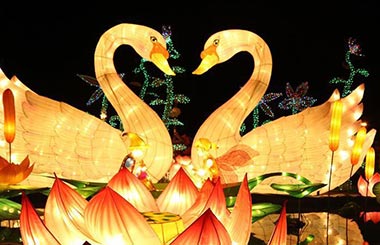
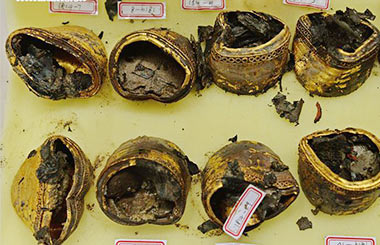
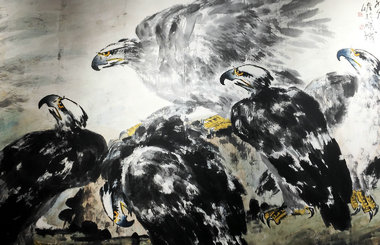






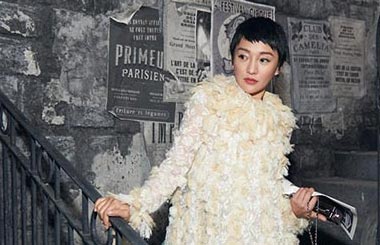
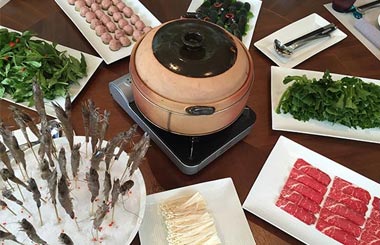
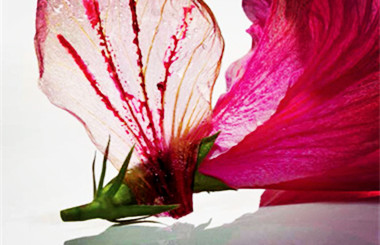
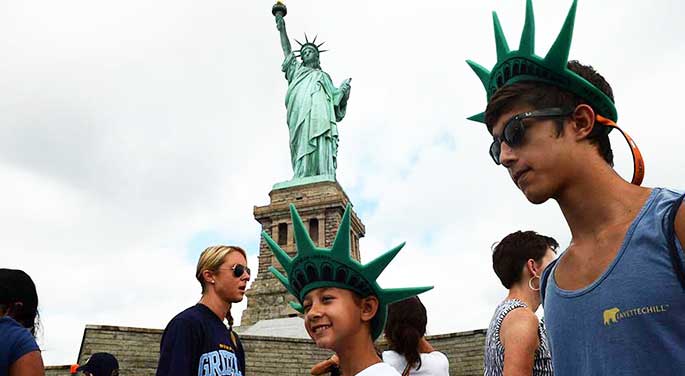
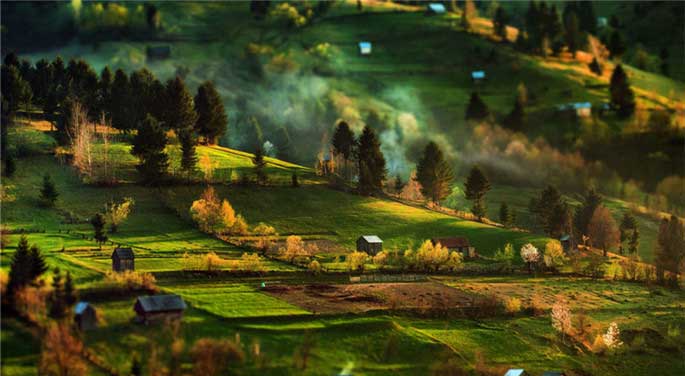



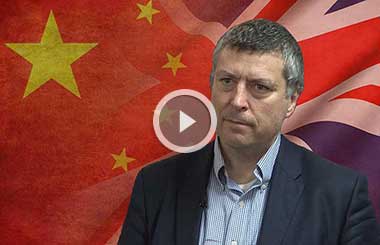
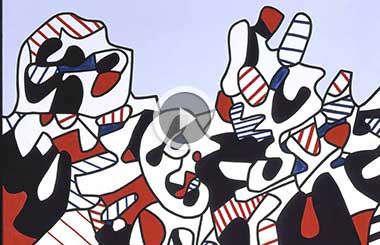
 Raymond Zhou:
Raymond Zhou: Pauline D Loh:
Pauline D Loh: Hot Pot
Hot Pot Eco China
Eco China China Dream
China Dream China Face
China Face





